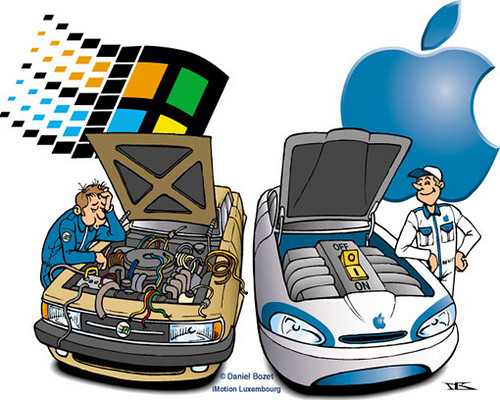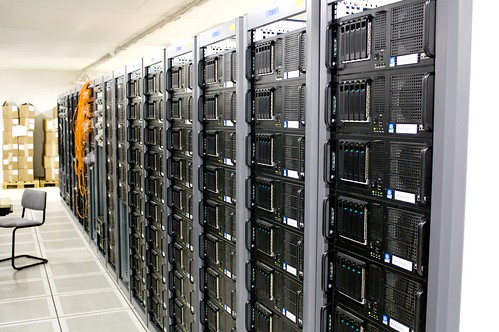System Software vs Application Software
"Tug of War" by Josh James
http://www.flickr.com/photos/joshwept/5689555989/
Creative Commons License: http://creativecommons.org/licenses/by/2.0/deed.en
What is the difference between System Software and Application Software?
- System Software is a collection of programs that are required for your computer and its devices to function smoothly
- Application software is any program that helps you complete a task.
What are some examples of System Software and Application Software?
System software is anything that helps keep your computer running smoothly. So, Windows 7 Operating System would be an example of system software.
Still confused? McAfee AntiVirus, or Norton Anti-Virus are solid examples of System Software because they help keep your computer running smoothly.
Application software, on the other hand, is anything that helps you complete a task. Examples of application software are Microsoft Word, Microsoft Powerpoint, or even Adobe Photoshop.
Other fine examples include MSN Messenger, or Notepad, because MSN helps you communicate with people, and Notepad helps you jot down notes. If those were the tasks you had in mind to complete, those programs can definitely lend a helping hand.
Why is this important to business people like you?
It is important that you know the difference between the two different types of software, and why they are developed. Some people are clueless as to what Microsoft Office is unless they've used it before. Knowing the difference between the two types of software is essential especially if you are a software developer or if you are running a business.
A link that I found extremely helpful when looking up System Software and Application Software is found here: http://www.blurtit.com/q4080402.html
This will answer any common misconceptions about the two types of software!
Thanks for reading! See you next week!




